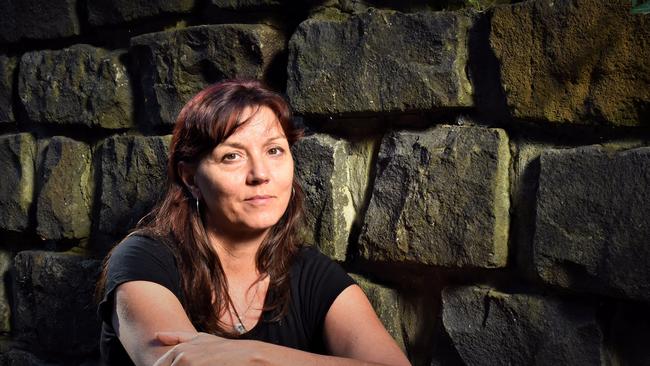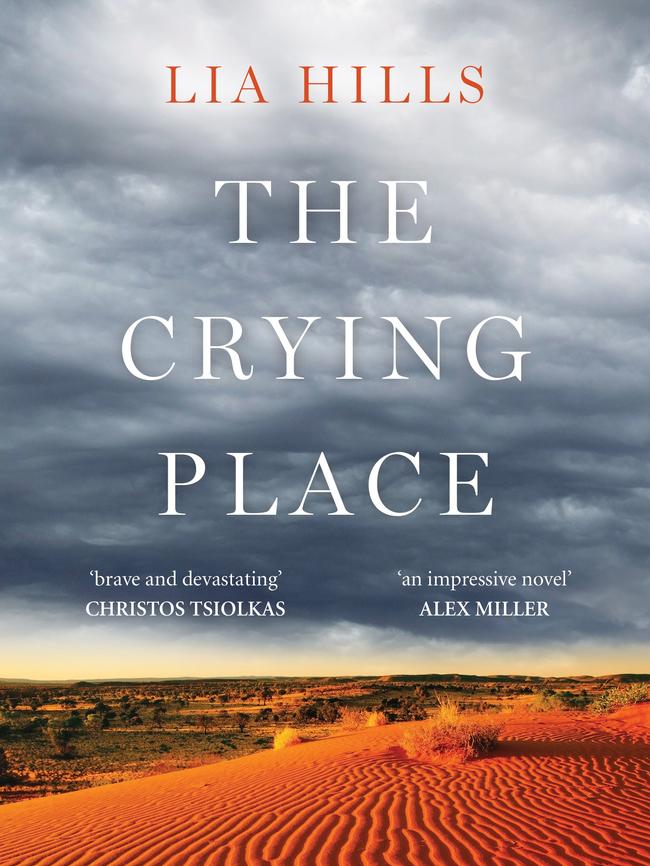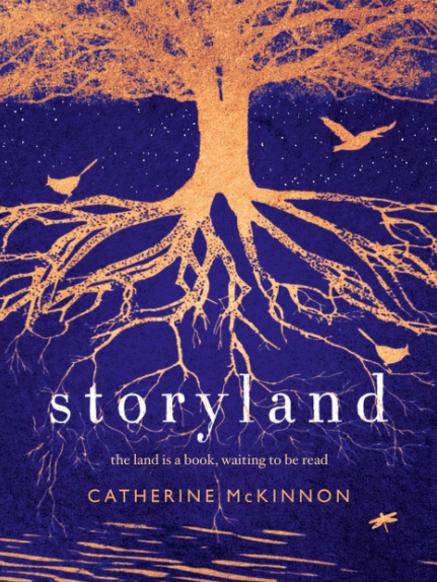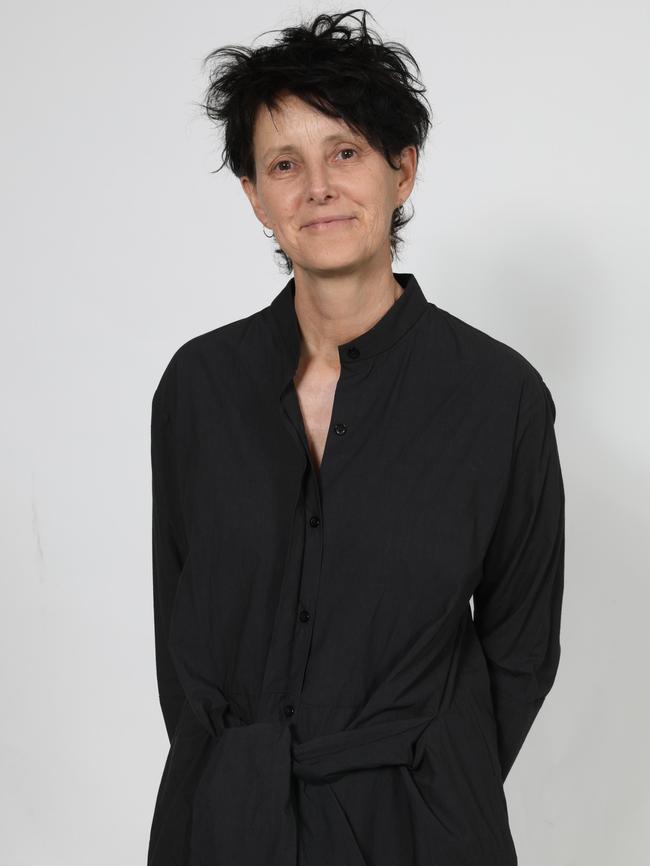Traversing the sands of time
Although the European presence in Australia is more than 200 years old it sometimes seems the legacy of the past is more present.

Although the European presence in Australia is now more than two centuries old it sometimes seems the legacy of the past is more present with each passing year. Whether in the human cost for indigenous Australians, the environmental devastation on the Great Barrier Reef and elsewhere, or simply in the hostility towards those who question our assumptions about our history, Australian society has not come to terms with the dispossession and violence at its heart.
This impressive pair of second novels grapples head on with these legacies. The first, Lia Hills’s The Crying Place, opens in Sydney. After years of travelling, its narrator, Saul, is trying to settle down when his life is upended by a phone call telling him his oldest friend, Jed, has killed himself in Melbourne.

Distraught, Saul abandons his job and apartment and heads south. But in the boarding house in which Jed had been living he only finds more questions, the most significant of which is a photograph of an Aboriginal woman who turns out to have been Jed’s girlfriend, Nara.
Armed with Nara’s photo Saul heads to Alice Springs and then further west to the Pitjantjatjara community of Ininyingi. Along the way he meets various others, all dislocated in their own way: an Aboriginal kid on a bridge in Port Augusta who asks if he can come with Saul to Alice, “an echo of another language in the way he pronounced the name”; German-born Ziggy, with whom he begins a tentative but intense relationship; an assortment of desert dwellers. But when he finally arrives in Ininyingi and finds Nara, he only discovers more questions.
Appropriately for a novel that is so much about movement, The Crying Place is written in a choppy, broken prose of short sentences and declarative statements. And although it occasionally feels strained, at its best it recalls some of the broken urgency of the Tim Winton in Dirt Music. Yet the novel’s fascination with movement and dislocation is counterpointed by a desire to explore the idea of connection, of how meaning inheres in the landscape, connecting us to other ways of understanding and timescales that exceed the human. As Saul observes of a waterhole to which he is drawn, “the core of its logic is geographically contained”.
For Saul, unhinged by grief and untethered from any idea of home, resolving this tension means unlearning much of what he knows, not just about who he is but where he comes from and — significantly — what he thought he knew about Jed. This dimension of the bookoffers an intimate and often affecting portrait of the complex ways in which grief reverberates through the individual psyche, reshaping not just present and future, but also the past.
But Hills is simultaneously writing into the larger literary tradition that treats the desert as a place of transcendence and transformation, something she signals (somewhat heavy-handedly) when Saul buys a copy of Patrick White’s Voss in Alice Springs.
Interestingly, despite its awareness of its antecedents (walk out there and “you’ll come up with a hundred new types of divinity before sunset”, observes one of the characters at one point), The Crying Place deliberately resists the erasure implicit in treating the desert as a metaphor or symbol instead of a place. Instead it insists on the particularity of both the landscape and the human presence and cultural knowledge written into it, suggesting the geographical and cultural dislocation that gives the novel its impetus is itself a symptom of a larger schism in Australian society.

Catherine McKinnon’s Storyland explores many of these same questions, albeit in quite different terms. Structured like a puzzle, it describes a temporal wave, beginning in 1796 with a teenage boy on a journey south from Sydney with Bass and Flinders and then heading towards the present through episodes in 1822, 1900, 1998 and finally 2033 and 2717, before dropping back through the same stories to 1796.
At least at first, these sections seem to have little to do with each other. In 1796 Bass, Flinders (whose primness and desire for social betterment McKinnon parodies mercilessly) and the boy, Will, describe a trail of misadventures as they search for a river that might lead them inland.
In the next section, a brutal ex-convict finds his way to the lagoon that Bass, Flinders and Will, looking for clean water, stumbled upon through a series of misunderstandings and misapprehensions with the local Aborigines.
This lagoon reappears in 1900, when the half-Aboriginal brother of the narrator is suspected of murdering his fiancee; and in 1998, when a group of kids rafting in the summer befriend a young Aboriginal woman caught up in a violent relationship.
By 2033 it has become a sea as the coast is engulfed by rising seas and storms.
Despite their temporal separateness, as the novel progresses these disparate narratives reveal lines of connection, threads that bind the characters to each other and to the landscape they inhabit.
As always with this sort of discontinuous or mosaic narrative structure, the process of piecing the jigsaw of the story together affords considerable narrative satisfaction. But in Storyland the structure is more than a mere device. For as each section ends, mid-sentence, its narrative picked up 30, 50, even 80 years later or earlier with that same sentence’s second half, the novel emphasises that these stories are not separate at all but part of another, larger narrative spreading backward and forward through countless generations.

It’s an effect that is lent power by the evocative force of McKinnon’s writing, especially in the opening section, in which the Laurel and Hardy of Bass and Flinders bicker and bumble their way south under the seemingly boundless southern skies; and the 1998 section, which captures both the voice and the awareness of its hyper-intelligent child narrator with considerable skill.
But it’s in the central, futuristic section that the true design of the book becomes clear. Resurrected in 2717, seven centuries after her death, the narrator struggles to recall her experiences in 2033 as society unravelled in the wake of a catastrophic cyclone and inundation.
Confused by her surroundings and her interlocutor’s questions, the narrator demands to know where she is and what is happening, only to discover the world outside is now a poisoned inferno the few survivors are attempting to rebuild by recovering the memories of people such as her and feeding them into a vast digital repository.
By positing a future involving ecological devastation and the loss of memory, McKinnon makes manifest the connection between colonisation and environmental crisis, suggesting the destruction of not just the land but also the lives and culture of its original inhabitants is itself a kind of forgetting.
This awareness transforms the second half of Storyland, in which the narrative arcs back to Bass and Flinders, and gives the first moments of colonisation a haunting — and haunted — power. But it also underlines an awareness, in both these novels, of the way land and time are really one and the same. As one of Hill’s characters remarks,
Time’s like a concertina. One minute it’s all stretched out before you, then it suddenly folds and collapses on itself. If there’s one thing I’ve learned from this mob, it’s that the past is a living, breathing thing.
Or as one of McKinnon’s puts it,
See that lake there … that was here before any of us, and the creek that runs down from the mountain into the lake, that was here too, and the mountain, and the trees, and the birds. We’re part of their story, not the other way around.
James Bradley’s latest book is the young fiction novel The Silent Invasion.
The Crying Place
By Lia Hills
Allen & Unwin, 480pp, $29.99
Storyland
By Catherine McKinnon
Fourth Estate, 400pp, $27.99


